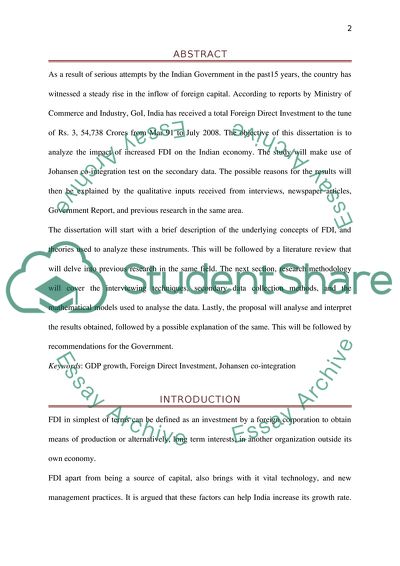Cite this document
(The Impact of the Growth of FDIs on the Indian Economy Research Proposal, n.d.)
The Impact of the Growth of FDIs on the Indian Economy Research Proposal. Retrieved from https://studentshare.org/macro-microeconomics/1725901-the-impact-of-the-growth-of-fdis-on-the-indian-economy
The Impact of the Growth of FDIs on the Indian Economy Research Proposal. Retrieved from https://studentshare.org/macro-microeconomics/1725901-the-impact-of-the-growth-of-fdis-on-the-indian-economy
(The Impact of the Growth of FDIs on the Indian Economy Research Proposal)
The Impact of the Growth of FDIs on the Indian Economy Research Proposal. https://studentshare.org/macro-microeconomics/1725901-the-impact-of-the-growth-of-fdis-on-the-indian-economy.
The Impact of the Growth of FDIs on the Indian Economy Research Proposal. https://studentshare.org/macro-microeconomics/1725901-the-impact-of-the-growth-of-fdis-on-the-indian-economy.
“The Impact of the Growth of FDIs on the Indian Economy Research Proposal”. https://studentshare.org/macro-microeconomics/1725901-the-impact-of-the-growth-of-fdis-on-the-indian-economy.


